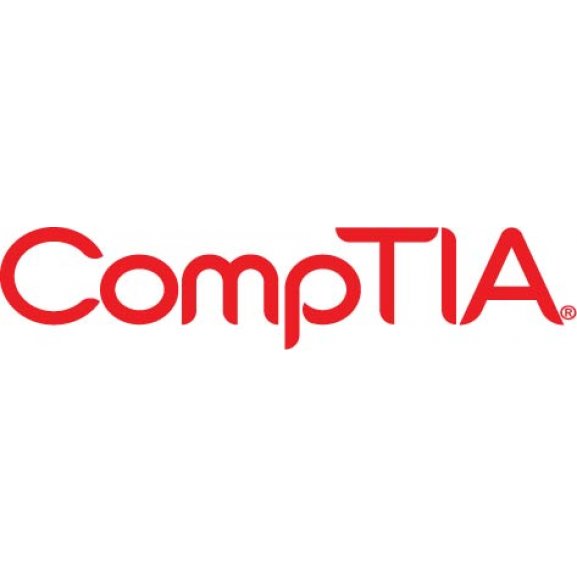
 2016 will be a pivotal year for organisations pursuing digital transformation strategies. While companies have embraced cloud and mobile over the past five years, it will take more than the adoption of these technologies to realise the benefits of digital business according to CompTIA.
2016 will be a pivotal year for organisations pursuing digital transformation strategies. While companies have embraced cloud and mobile over the past five years, it will take more than the adoption of these technologies to realise the benefits of digital business according to CompTIA.
Tim Herbert, senior VP, research and market intelligence, CompTIA, said, “The pressure will be on C-suite executives to drive the realignment of business models and workflows to ensure integration with existing technology investments, while incorporating new data analytics, social, and automation elements.”
Moheb Moses, Director – Channel Dynamics, and ANZ Community Director – CompTIA, said, “CompTIA views 2016 as another year of momentum and continuation, as incremental advancements in a number of areas make their mark on the IT industry and broader economy.”
Six business and technology trends to watch in 2016
- User experience drives technology initiatives. As technology becomes increasingly important to all facets of business, efforts will intensify to provide better end-to-end user experiences. Some of these efforts will be ‘pushed,’ where technology providers or employers want to encourage or influence certain user behaviours. Other initiatives may result from ‘pull’; users accustomed to user-friendly consumer applications will exert influence over corporate IT to replicate those same experiences. These efforts will need to go well beyond user interfaces. Technology providers and organisations will have to factor in elements such as mobile, cloud, data and social.
- Digital business encompasses more than IT. The notion of elevating technology discussions to C-suite and boardroom levels of importance has been percolating for some time. As with many aspects of innovation, however, advances on this front occur in fits and starts, often taking longer than expected. With technology-driven business transformation now mission critical for so many organisations, expect greater numbers of CEOs and boardrooms to embrace their role of ensuring these strategies become part of the business. Realising maximum benefits from these transformational opportunities requires efforts that go well beyond the IT department.
- Cloud is the new electricity. Cloud computing has been a dominant force in the IT industry, thanks to the way it has transformed IT operations and technology strategies. Companies have considered many cloud-specific aspects of business systems, from migration to integration and security. As the questions around cloud are answered and the benefits are becoming obvious, businesses are adopting a cloud-first strategy as they plan new technology projects. In time, this will drive cloud to the same place as “electricity” or “Internet”— so prevalent that it becomes a standard part of any planning. On the front end of the computing spectrum, mobile devices will follow a similar pattern. The ultimate goal is the complete solution.
- Companies go on the offensive with security. The mindset around security has been shifting in recent years due to a number of factors, such as the adoption of new technology models and the reliance on digital data. This year, ongoing security breaches across a wide range of industries and companies will add a proactive element to the security approach. Companies will increase activities such as penetration testing, external audits, and end user evaluations that lead to investments in new security training platforms. As metrics are developed around these areas, companies will also begin to publicly disclose the results of their tactics. As the security balance shifts further away from prevention and more towards detection, active measures will be needed to keep ahead of the curve.
- The chase for analytics heats up (again). Big data first came on the scene a few years ago, but there is renewed interest in gaining insights from data and making data-based decisions. The competitive advantage gained from intelligent use of data has separated early adopters from their counterparts, and everyone wants to quickly follow suit. The spectrum of data tools includes initial storage and the processing stage, but analytics and visualisation will be the dominant areas of interest.
- The software layer gets much more attention. The definition of software has changed, as the concept of packaged applications with licenses is moving to an app or Software-as-a-Service (SaaS) model. The importance of software has also grown, as manual, paper-based processes are replaced by digital equivalents. To build a digital workflow, companies are quickly recognising the need for some level of development to customise or integrate applications. In turn, development efforts are being streamlined through the use of Platform-as-a-Service (PaaS) environments and containers for greater app independence. Integration also hints at the growing demand to virtualise and automate infrastructure. More programming skills are needed as companies pursue software defined data centres (SDDC) or, at the very least, a higher degree of automation.
Nick Beaugeard, CEO and Founder at HubOne and Chair, ANZ Community at CompTIA, said, ““While these trends present an evolving breed of opportunities and threats for our industry, the continuous change once again underpins why as an industry we need to listen to customers and work together to address the new business landscape. The CompTIA ANZ Channel Community is one of these forums and I look forward to hearing insights at our events in the year ahead.”





